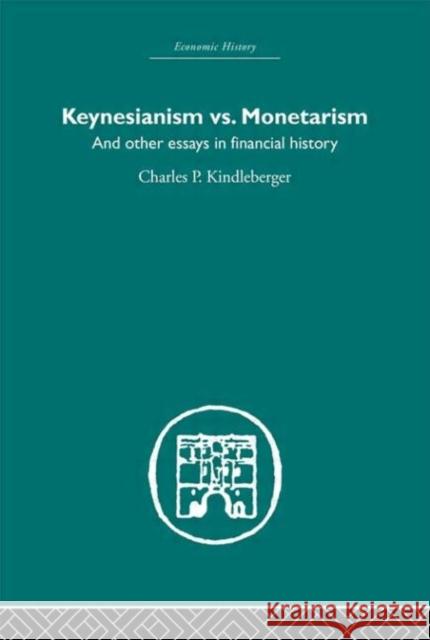Keynesianism vs. Monetarism : And other essays in financial history » książka
topmenu
Keynesianism vs. Monetarism : And other essays in financial history
ISBN-13: 9780415382120 / Angielski / Twarda / 2005 / 328 str.
Keynesianism vs. Monetarism : And other essays in financial history
ISBN-13: 9780415382120 / Angielski / Twarda / 2005 / 328 str.
cena 922,99
(netto: 879,04 VAT: 5%)
Najniższa cena z 30 dni: 906,73
(netto: 879,04 VAT: 5%)
Najniższa cena z 30 dni: 906,73
Termin realizacji zamówienia:
ok. 22 dni roboczych
Dostawa w 2026 r.
ok. 22 dni roboczych
Dostawa w 2026 r.
Darmowa dostawa!
This book was first published in 1985.











